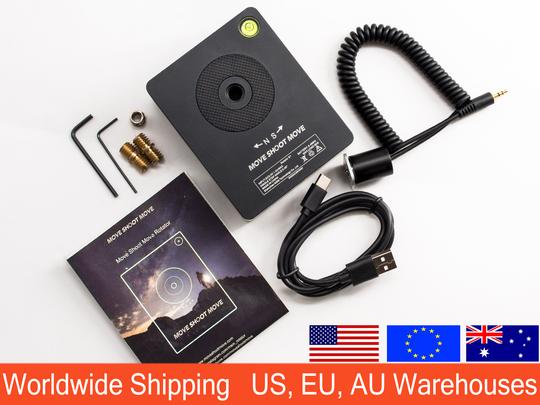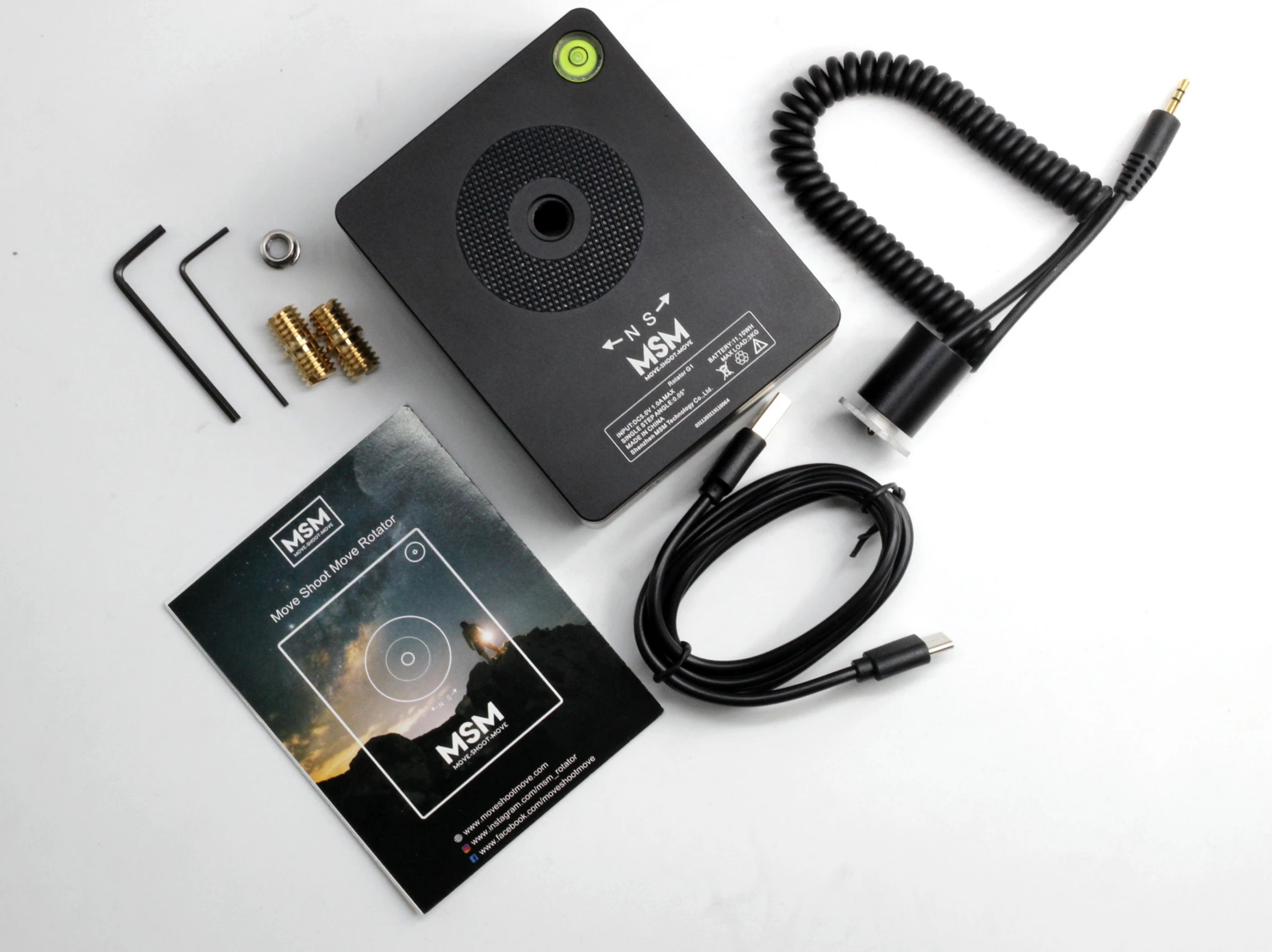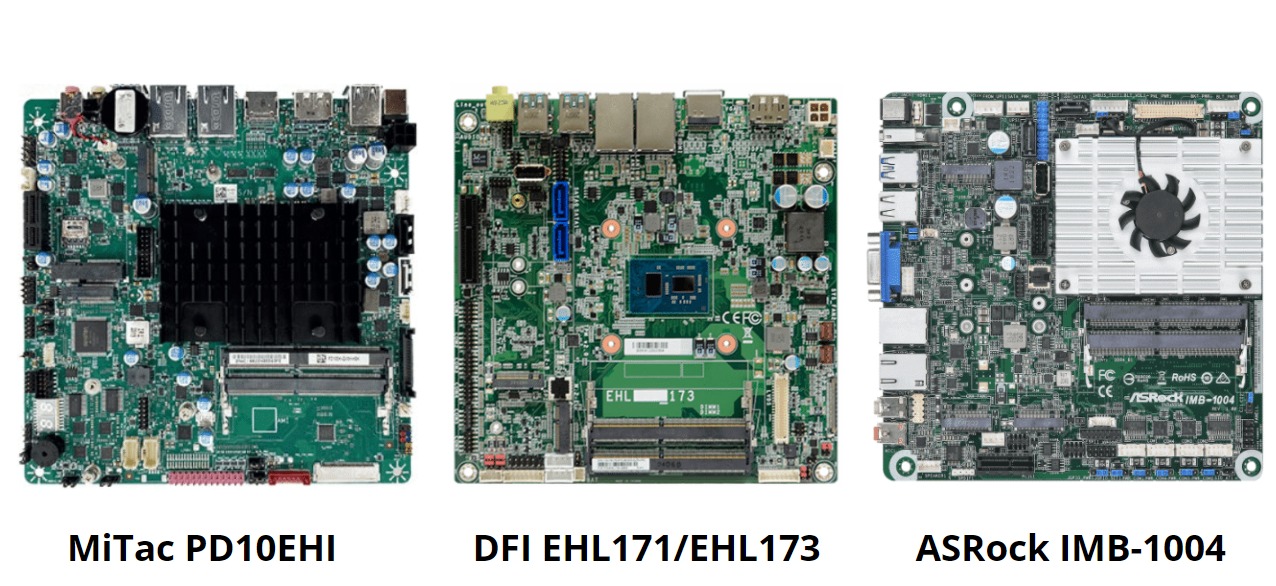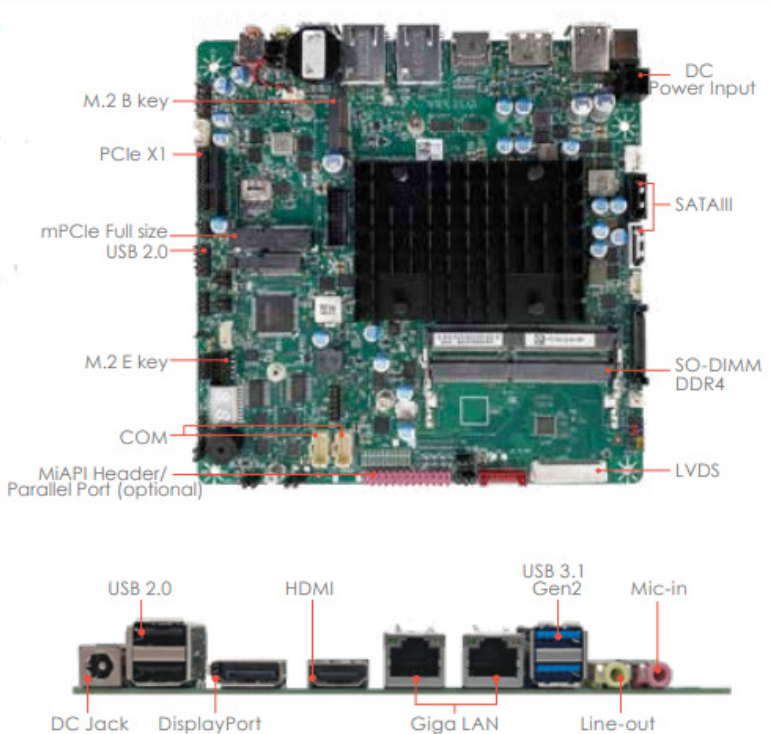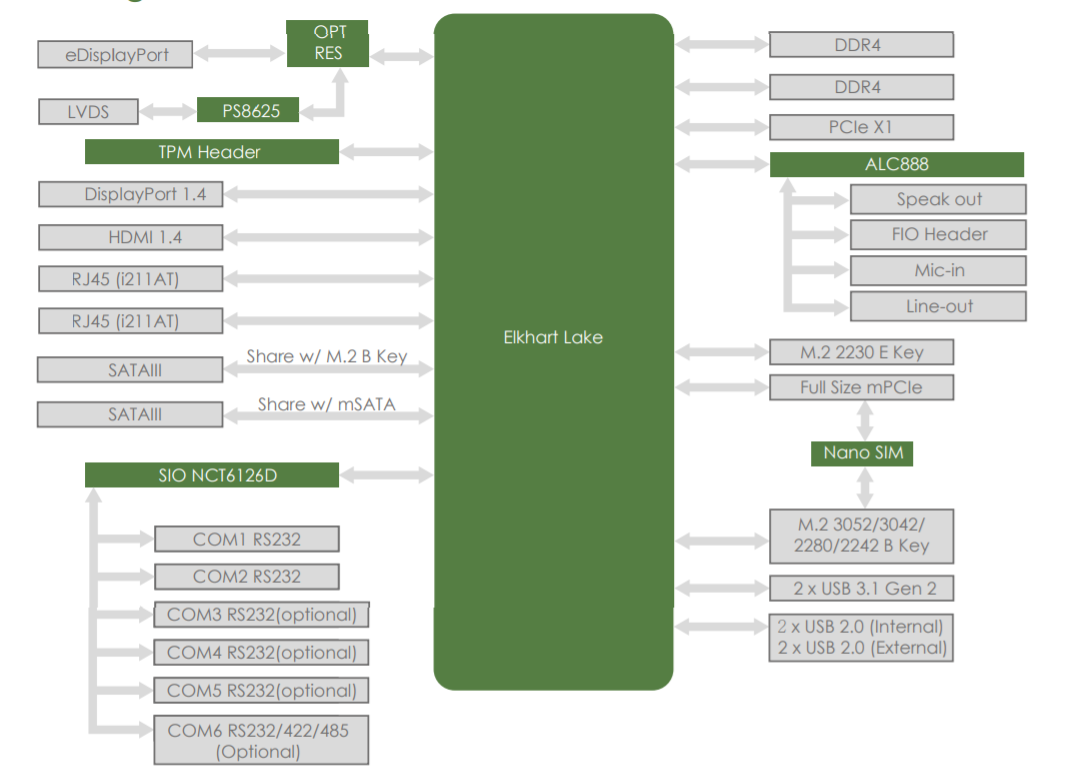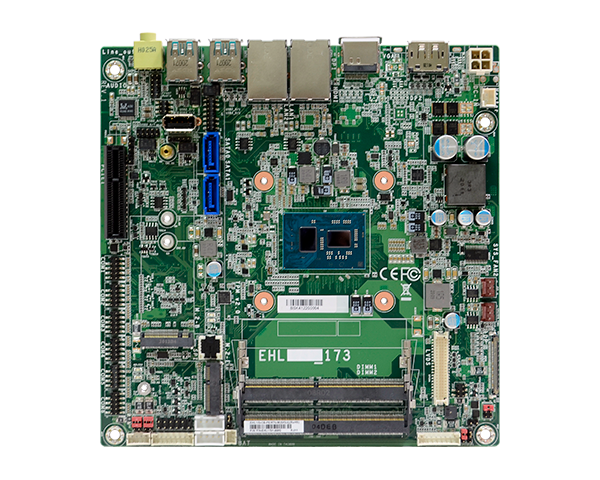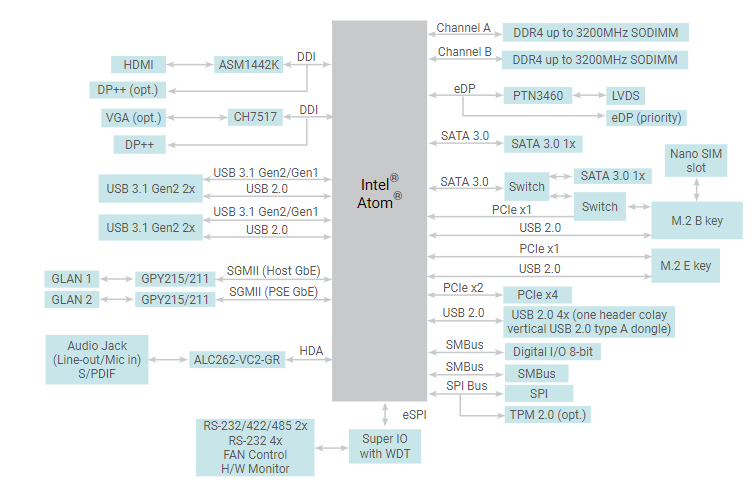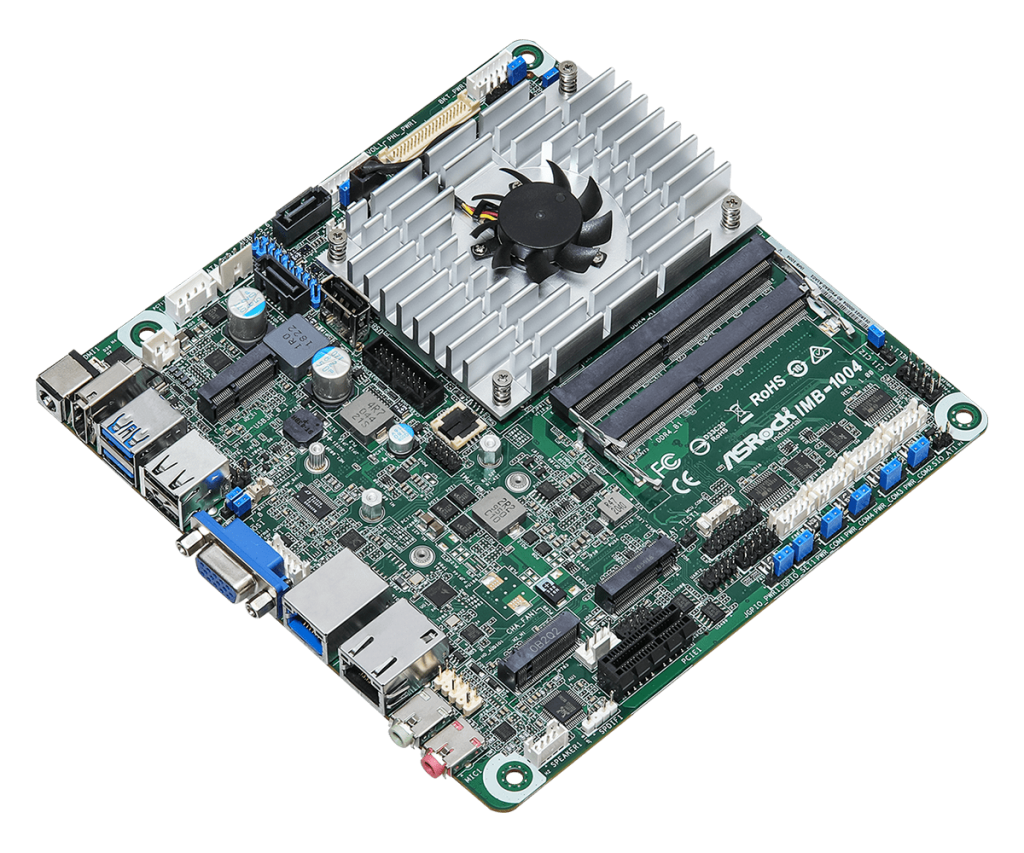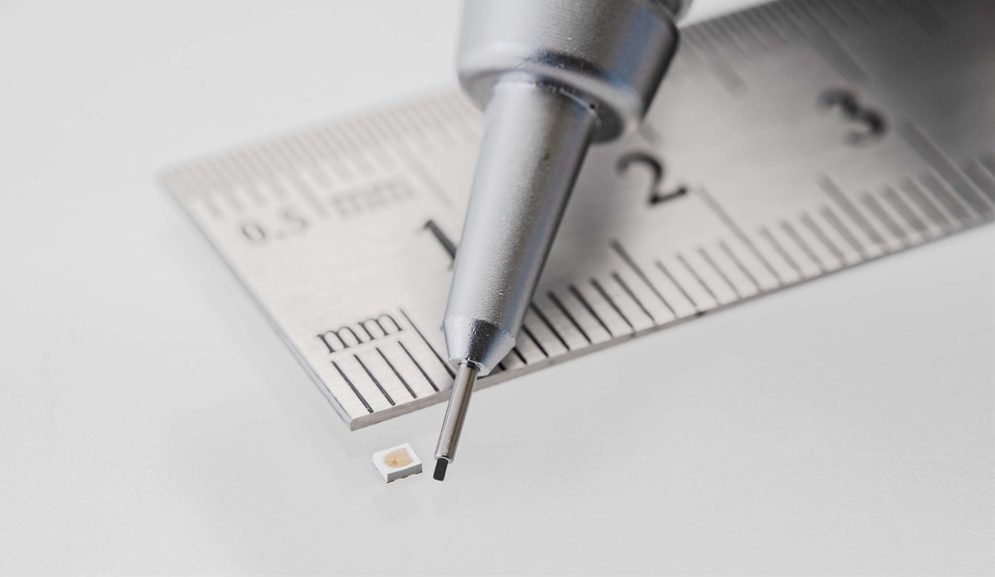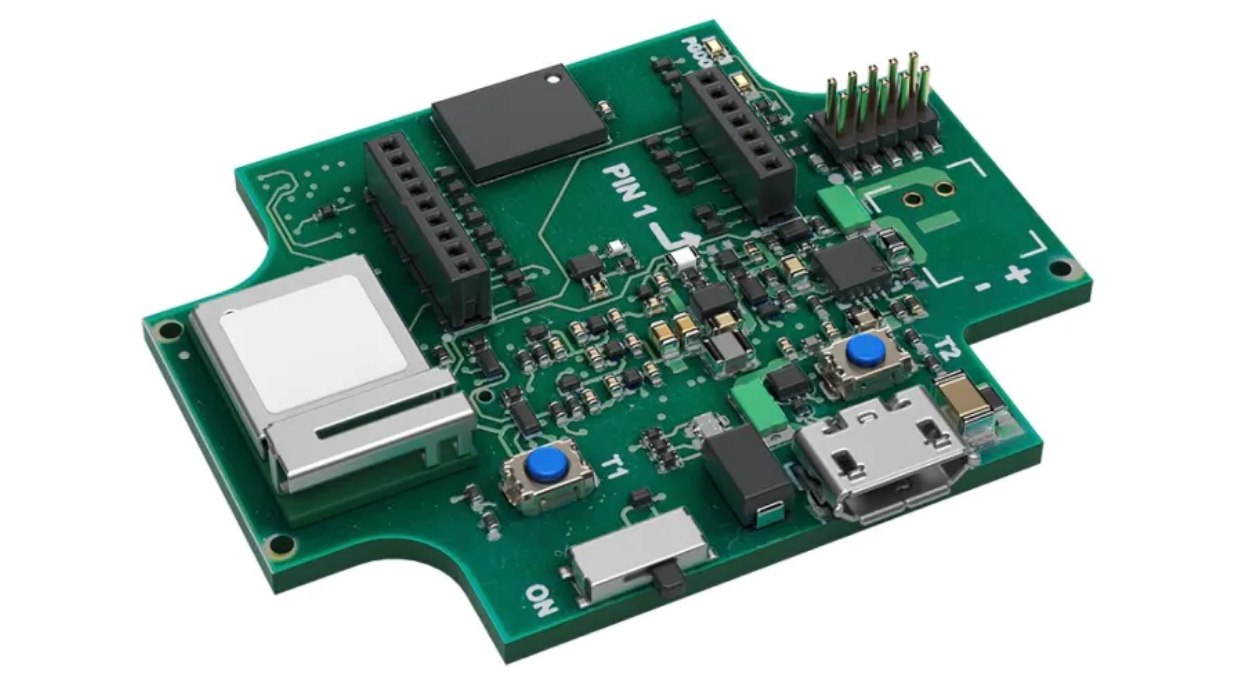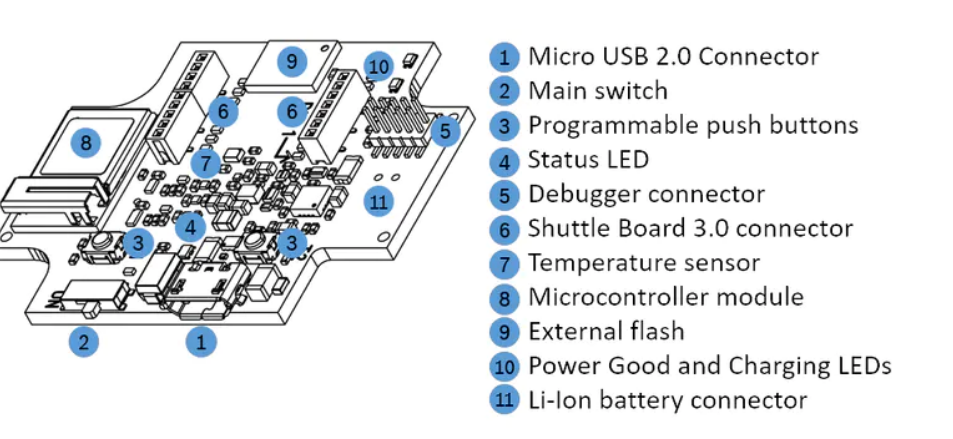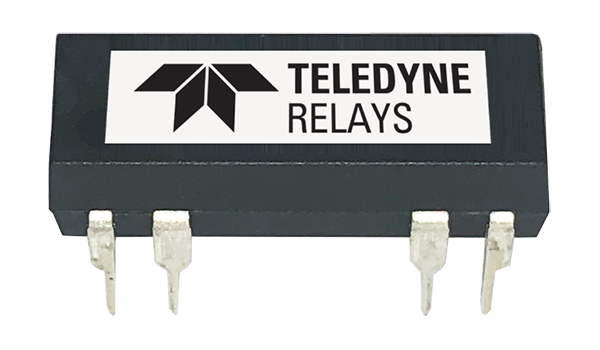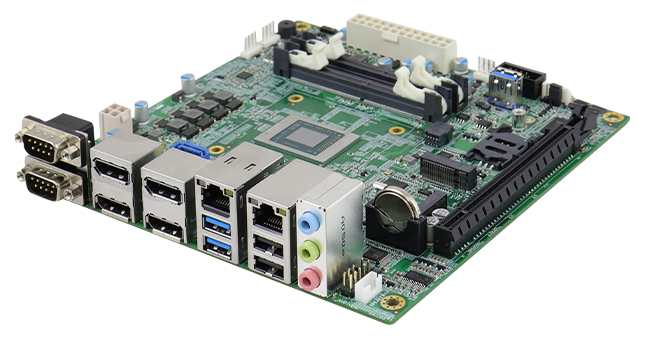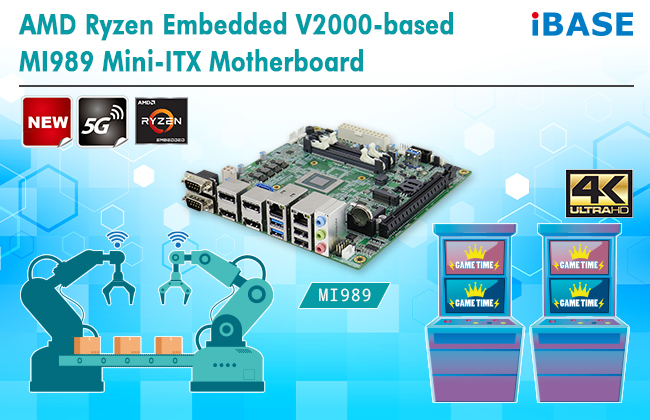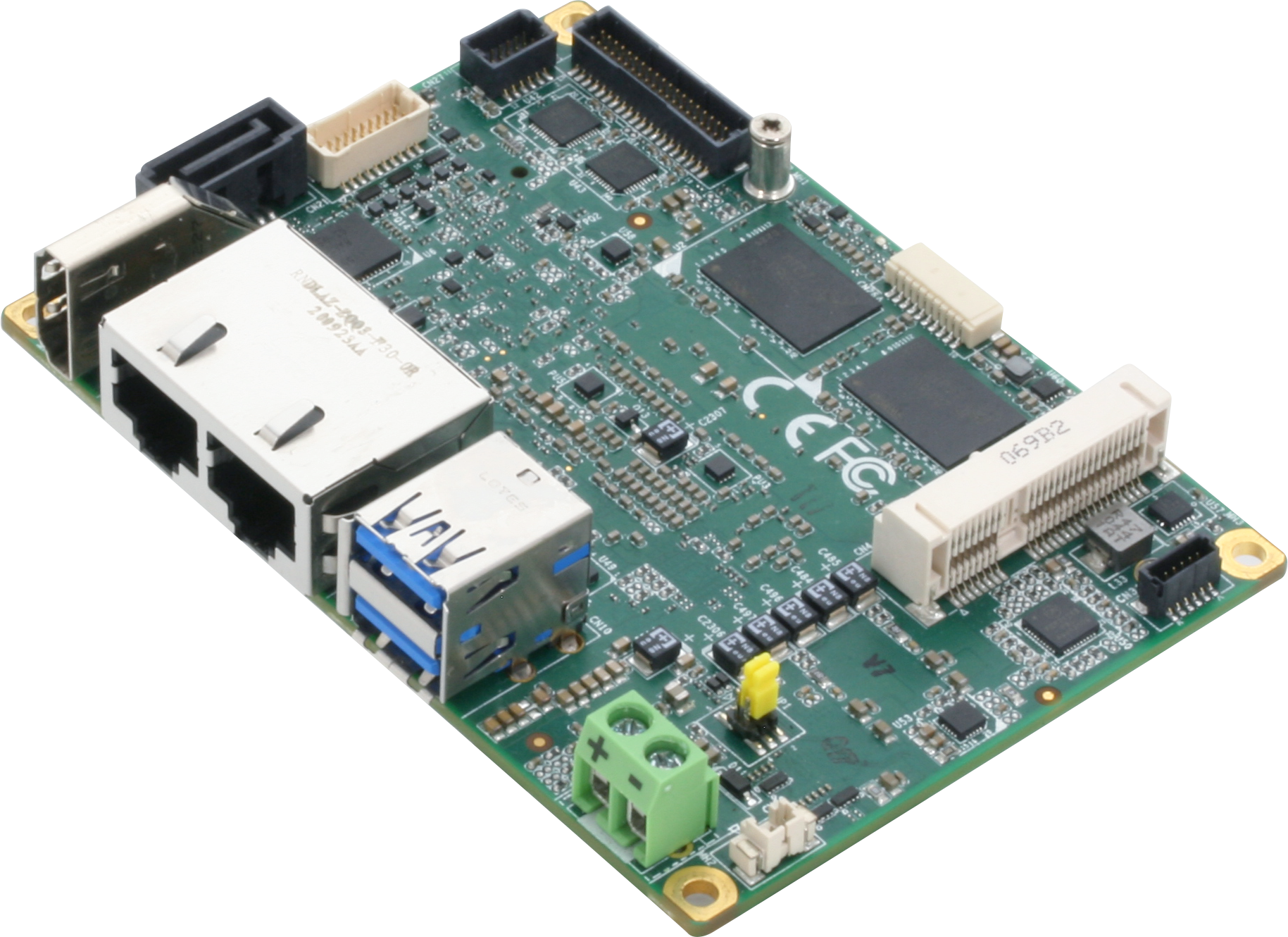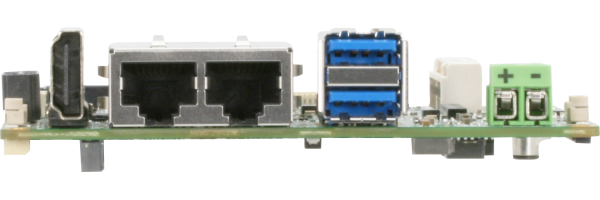The new Move-Shoot-Move (MSM) Star Tracker is a device that can be used to capture clean and clear astro pictures. It is compact, easy to setup (in two minutes); and can do time-lapsed movements, 5-minute exposures with no trails, and Polar Alignment. This makes it capable of capturing excellent pictures; thanks to its compatibility with any camera type available, using the hot-shoe port or the intervalometer.
It is designed for wide-angle Astro-landscape, with a maximum 135mm focal length for best results, except the effect of torque has been carefully considered. The maximum lens length of 305mm (12 inches) allows for better capturing and expression.
With a seamless mechanism of operation, the MSM defies the 500 rule and allows exposure of more than 60 seconds, using polar alignment. The 500 rule limits exposure time to 25s, maximum. Longer time exposures result in ugly star trails, noise, and the missing of many faint stars in the photo.
MSM star tracker beats the odds because it rotates at the same speed as the Earth, but in the opposite direction. This means that the stars can be tracked and remain in the viewfinder, an exposure time up to minutes in duration is possible, faint stars are visible, star trails disappear, and lower ISO helps to reduce noise. So you see, clear, pinpoint photos of stars and the night sky can be taken easily due to its unparalleled working mechanism.
The 1.7″ x 3.15″ x 3.9″ (4.3cm x 8cm x 9.9cm) MSM works by adjusting the angle of rotation and not the speed of rotation, making four options available for use: Star Tracking Mode, Move Shoot Move mode of 0.05, 0.075, 0.1, and 0.125 degrees per picture. The camera’s rotation can be controlled based upon the angle selected, and the interval set on the timer (A separate timer/intervalometer is needed for time-lapse shots).
The longer the interval set, the slower the rotation. Once a picture has been taken (this is made obvious to the rotator by the hot-shoe cable), the rotator turns the defined angle. This invariably means the camera will not turn while the picture is being taken.
The MSM star tracker also sports an innovative worm gear system that presents two key benefits: Top-Level Move Shoot Move performance and Super Long Battery Life. Amazing!
With the new button model of this beauty, we now have a sturdy device that has a button 15% smaller than the knob, an added 1/2 speed star tracking mode (which makes taking photos of the Milkyway in one shot possible), no panorama mode due to the small frequency of its use, and an illuminator added to the polar scope. It is also easier to install with the new stopper screws.
What’s more? The MSM is made with Aluminium alloy, has a 450g weight, a maximum 3kg load, Star Tracking Mode (360° in 24hrs) | 0.05°/step, 0.075°/step, 0.1°/step, 0.125°/step, DC 5.0V 1.0A Max input, battery life of 5hrs for star tracking or 3000 shots for time-lapse, and a 1 year warranty period.
You can place your order for the various MSM star tracker options on their official website, here: https://www.moveshootmove.com/collections/sifo-rotator/products/sifo-rotator-for-star-tracking-time-lapse-panorama-photography?aff=13


